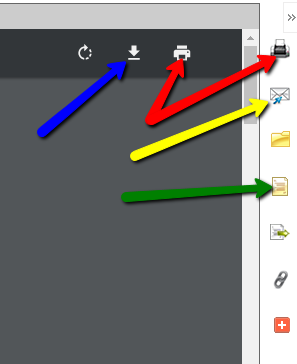MAC 212 (Hamilton): Finding Articles
Important Note
Please be sure to review the information on the Before You Search! tab on the left menu before you begin searching in the tools listed on this tab. The Before You Search! tab explains what a "peer reviewed" article is and how to tell when you have found one. It also gives tips for building more effective searches. There are brief videos and tutorials that explain how to choose the best keywords, refine your searches, and evaluate the information you find.
Finding Articles
If you are using these tools from off campus you will be asked to enter your MU ID and password before connecting to the resources.
- Film and Television Literature Index with Full Text This link opens in a new window Film & Television Literature Index is an index to articles in popular and scholarly journals about film and television. The publications indexed include international film journals, popular and trade journals, and reference books, and subject coverage includes film & television theory, preservation & restoration, writing, production, cinematography, technical aspects, and reviews.
- Communication & Mass Media Complete This link opens in a new window Communication & Mass Media Complete offers cover-to-cover indexing and abstracts for over 300 journals in areas related to communication and mass media, and selected coverage of over 100 more, for a combined coverage of over 400 titles.
- SocINDEX with Full Text This link opens in a new window Essential and authoritative database for sociology and related fields.
At the top of the search page, there is a link that says “Choose Databases.” Click that link to add in other databases related to your topic. This allows you to search multiple databases at one time and have results from all of them show up in one results list. Add in the other 2 resources listed above by checking the box next to the name of the resource in the pop-up window.


If you see links that say “PDF Full Text” or “HTML Full Text”, clicking on those will take you to the full text of the article. Then, on the right-hand side of the page, you’ll see options to:
--download/save the article (blue arrow in the screenshot),
--print the article (red arrows in the screenshot),
--email the article to yourself (yellow arrow in the screenshot), and
--get the citation information for the article (green arrow in the screenshot).
After you click the icon to get the citation, you can highlight, copy, and paste the MLA-formatted citation into your document. Always be sure to double-check your copied citations, though. Sometimes formatting, such as italics and hanging indents, aren’t correct. Information is typically in the correct order, but good to double-check that as well.
Use the Find It! Button

Some databases include the full text of the articles described in the them. However, most databases do not. When the database does not have the full text of an article, you should see a yellow Find It button like the one above.
Clicking this button will search through other databases that Miami subscribes to looking for the full text. If a different database has it, you will see a link to it on the new tab that opens.
If there is no full text link on the new tab, you should see a link to a form for a service called interlibrary loan (ILL). If you fill out this form, the library will try to find the article from another library on your behalf. This can take several days, however, so if you need the article right away, it is not a good option for you.